Table of Contents
As we know that the Excretory System is one of the most important topics from Chapter: 01 “Life Processes” of class 10th Biology section. Excretion is a vital biological process that occurs in various living organisms, including humans, plants, and animals. Excretion involves the removal of waste products, toxins, and excess substances such as carbon dioxide, urea, and excess salts, from an organism’s body. These waste products are produced as a result of various biochemical reactions that occur during the body’s normal functioning. Excretion helps maintain proper physiological balance and prevent harmful build-up of substances that could be detrimental to the organism’s health.
What is Excretion?
In simple words, we can say that excretion is the removal of toxic wastes from the body of an organism. Excretion helps regulate the internal environment of the accumulation of harmful substances that could disrupt bodily functions. In humans, key excretory organs include the kidneys and the lungs. Where the kidneys, filter and eliminate waste products from the blood through urine, while the lungs, expel carbon dioxide during respiration.
Excretion in Human Beings
Excretion in human beings is the process of removing waste substances from the body. The human excretory system primarily involves the urinary system, which includes the two kidneys, two urinary ureters, a bladder, and a urethra. These all parts work collectively for the successful removal of the waste material. This helps maintain the body’s internal environment and balance of various substances. The body’s excretory system gathers the body’s liquid waste and helps remove it from the body. Additionally, the respiratory system eliminates carbon dioxide and water vapor, while the skin excretes sweat containing salts and small amounts of waste.
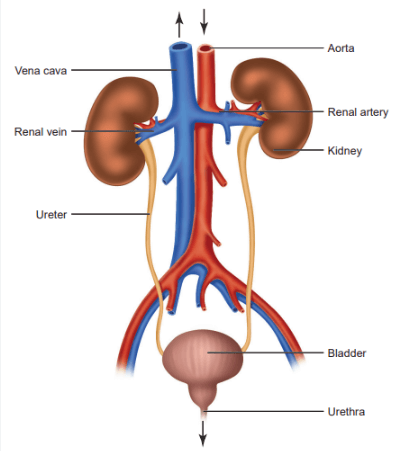
Parts of the Human Excretory System and Their Functions
As we already discussed that the human excretory system helps the body get rid of waste. It has different parts, like the kidneys, ureters, bladder, and urethra. The kidneys clean the blood by taking out waste and extra stuff the body doesn’t need. This waste is turned into urine. The urine then travels through tubes called ureters to the bladder, where it is stored. When the bladder is full, the urine leaves the body through another tube called the urethra. This process helps keep the body clean and healthy by removing harmful waste.
| Parts of the Human Excretory System | |
| Name of the parts | Description |
| Kidneys | Bean-shaped organs help in the filtration of blood, removal of waste, regulation of fluid balance, production of urine, and support overall homeostasis. |
| Ureters | Tubes connect kidneys to the bladder and help in the transportation of urine via peristalsis, aiding in the elimination of waste from the body. |
| Bladder | The muscular sac, which stores urine, expands as it fills and contracts to expel urine from the body through the urethra. |
| Urethra | Tube connecting bladder to external body, which is responsible for the expelling of urine from the body in a controlled manner. |
1. Kidneys
The kidneys are bean-shaped organs located on either side of the spine, just below the ribcage. Each kidney contains millions of tiny structures called nephrons, which are responsible for the actual filtration process. Blood is constantly pumped through the nephrons, where waste products and excess substances are filtered out, while essential nutrients and water are reabsorbed back into the bloodstream.
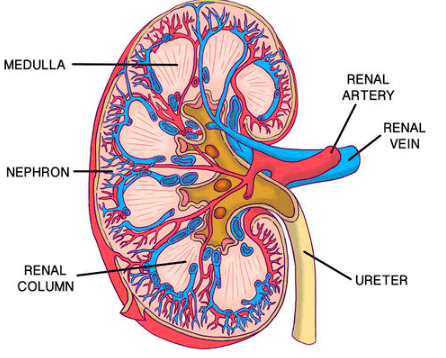
The kidneys are a vital organ of the human excretory system. They filter waste products, excess salts, and water from the blood to produce urine. This urine then travels to the bladder for storage and is eventually eliminated. The kidneys play a key role in maintaining the body’s acid-base balance. Additionally, the kidneys help regulate hormones that control blood pressure, electrolyte balance, and the production of red blood cells.
Structure of a Kidney
A kidney is a complex organ that performs various functions. The main Structure of a Kidney includes the Renal Cortex, Renal Medulla, Renal Pelvis, Renal tubules, ureters, calyces, nephrons, glomerulus, Bowman’s capsule, Loop of Henle, collecting ducts, and renal tubules. These structures work together to filter blood, remove waste products, regulate electrolyte and fluid balance, and produce urine.
| Different Structures of a Kidney | |
| Components | Description |
| Renal Cortex | The renal cortex is the outer layer which contains renal corpuscles and convoluted tubules. |
| Renal Medulla | The renal medulla is the inner region which contains renal pyramids and loops of Henle. |
| Renal Pelvis | The renal pelvis is the funnel-shaped structure at the center that collects urine from nephrons. |
| Nephrons | Nephrons are functional units, that filter blood and produce urine. |
| Renal Artery | The renal artery carries blood from the heart to the kidney for filtration. |
| Renal Vein | The renal vein carries filtered blood from the kidney back to the heart. |
| Ureters | Ureters are tubes that carry urine from the kidney to the bladder. |
- Renal Cortex: The outer layer of the kidney, containing nephrons and blood vessels that supply blood to the kidney.
- Renal Medulla: The inner part of the kidney, consisting of renal pyramids that help concentrate urine. These renal pyramids are triangular-shaped structures that contain tubules that transport urine.
- Renal Pelvis: A funnel-shaped area that collects the overall urine from the other parts of the kidney and directs it to the ureter.
- Ureters: The ureters are the muscular Tubes that carry urine from the kidney to the urinary bladder.
- Calyces: These are cup-like structures within the renal pelvis that collect urine before it enters the ureters.
- Nephrons: The nephrons are the functional unit of the kidney. The filtration of blood and the production of urine is also held in the nephrons.
- Glomerulus: A network of capillaries within each nephron’s Bowmen’s capsule, where blood is filtered.
- Bowman’s Capsule: The Bowman’s capsule is a cup-like structure that surrounds the glomerulus and collects filtered fluid.
- Renal Tubules: A series of tubules that process the filtered fluid, reabsorbing useful substances and concentrating waste to form urine.
- Loop of Henle: A part of the renal tubules that helps create a concentration gradient in the kidney, aiding in urine concentration.
- Collective Ducts: Tubules that collect urine from multiple nephrons and deliver it to the renal pelvis.
Functions of Kidneys
- Filtration: The kidneys filter waste products, toxins, and excess substances from the blood through millions of nephrons.
- Reabsorption: Essential nutrients, electrolytes, and water are reabsorbed from the filtrate back into the bloodstream.
- Urine formation: The filtered waste and excess fluids from urine, which is then transported to the bladder.
- Fluid Balance: The kidneys regulate the body’s fluid levels by adjusting the amount of water reabsorbed and excreted.
- Detoxification: They filter out and excrete various metabolic waste products and foreign substances from the body.
- Vitamin D Activation: The kidneys convert inactive vitamin D into its active form, which helps in calcium absorption and bone health.
2. Ureters
The ureters are about 25-30 cm long muscular tubes that are responsible for the transport of urine which is a waste product formed in the kidneys. These muscular tubes use peristaltic contractions to push urine down from the kidneys to the urinary bladder until it’s ready to be excreted from the body through the urethra. The ureters have valves at their junctions with the bladder to prevent urine from flowing back into the kidneys, helping to maintain a one-way flow.
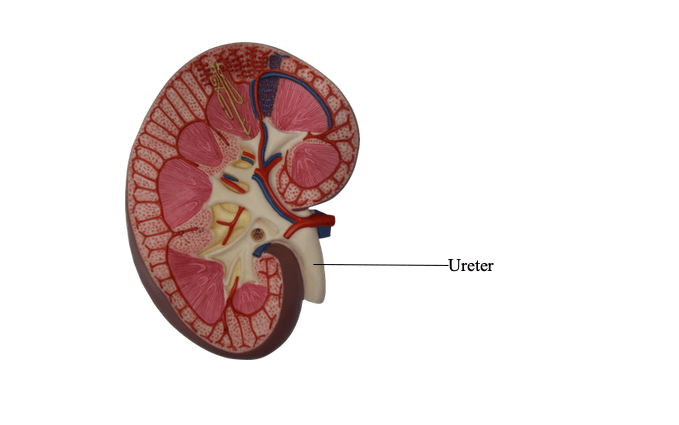
Functions of Ureters
- Transport: Ureters transport urine from the kidneys to the urinary bladder, facilitating the elimination of waste products from the body.
- Communication: The ureters communicate information about urine production and the body’s hydration status to the brain, aiding in the regulation of thirst and fluid intake.
- Transport Medium for Stone Passage: Ureters can transport small kidney stones from the kidney toward the bladder, which is important for their eventual elimination from the body.
- Storage: While not their primary function, the ureters can temporarily store small amounts of urine before it’s propelled into the bladder through peristaltic contractions.
- Homeostasis: By maintaining a proper balance of fluids and electrolytes, the ureters contribute to overall physiological homeostasis within the body
3. Urinary Bladder
A hollow, muscular sac called the urinary bladder is present in the pelvis region. Its primary function is to store urine that is produced by the kidneys until it’s convenient for the body to eliminate it. The bladder’s muscular wall can expand and contract to accommodate varying volumes of urine. When the bladder is full, nerve signals trigger the sensation of needing to urinate, and upon voluntary relaxation of the bladder’s muscles, urine is expelled from the body through the urethra. The urinary bladder plays a key role in maintaining fluid balance and eliminating waste products from the body.
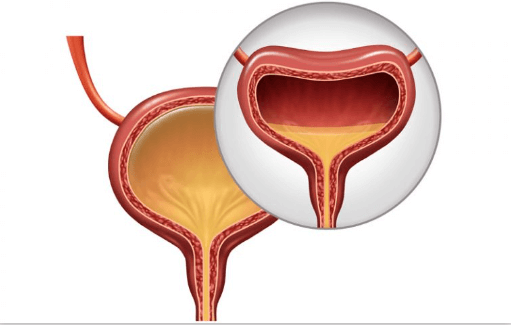
Functions of Urinary Bladder
- Storage: The urinary bladder stores urine temporarily until an appropriate time for elimination, allowing the body to regulate the frequency of urination.
- Expansion: The muscular walls of the bladder can expand to accommodate varying amounts of urine without a significant increase in internal pressure.
- Sensation: Nerve endings in the bladder walls provide sensations of fullness, signaling when it’s time to empty the bladder.
- Prevents backflow: The urinary bladder’s storage capacity helps regulate fluid balance and electrolyte levels by controlling the rate of urine elimination.
- Waste elimination: By storing and subsequently eliminating urine, the bladder aids in the removal of metabolic waste products from the body.
- Supporting Kidney Function: Proper urine storage in the bladder prevents kidney damage by avoiding excessive pressure within the urinary system.
4. Urethra
The urinary bladder is connected to the external opening of the body with the help of a long tube known as the Urethra. The urethra serves as the final pathway for the elimination of urine from the body. The main function of the urethra is to allow urine to exit the bladder and be excreted outside. In addition to its excretory role, the male urethra also functions as a conduit for sperm ejaculation, as it passes through the penis and carries both urine and seminal fluid. The female urethra, being shorter, primarily serves the purpose of eliminating urine.
Functions of Urethra
- Elimination: The primary function of the urethra is to serve as a passageway for expelling urine from the urinary bladder out of the body.
- Urinary Continence: The urethral sphincters help control the release of urine, allowing for voluntary control over urination.
- Micturition: The urethra is involved in the process of micturition (urination), where the bladder contracts and urine is expelled through the urethra.
- Valve Mechanism: The urethra contains sphincters and valves that prevent the backflow of urine and maintain proper urinary flow.
- Transport of Semen: In males, the urethra also carries semen from the reproductive organ to the external opening during ejaculation.
Mechanism of Excretion in Human Beings
Excretion in human beings primarily involves the removal of waste products and excess substances from the body to maintain a balanced internal environment. The process mainly takes place through the urinary system, with the kidneys playing a central role. As the kidneys play a crucial role in regulating water balance, electrolyte levels, and pH by adjusting the composition of the filtrate and urine. This helps maintain homeostasis and prevent the buildup of harmful waste products in the body.
- Filtration: The renal arteries help the blood to enter the kidneys. Within each kidney, the blood is filtered in a structure called nephrons. Every nephron mainly consists of a Glomerulus and Bowman’s Capsule. Blood pressure forces water, dissolved substances, and small molecules like waste products and ions out of the Glomerulus and into the Bowmen’s Capsule, forming a filtrate.
- Reabsorption: The filtrate passes through a series of renal tubules, where essential substances such as glucose, amino acids, and water are selectively reabsorbed back into the bloodstream. This ensures that these valuable substances are not lost in the urine.
- Secretion: Certain waste products, drugs, and excess ions that are not effectively filtered in the Glomerulus are actively secreted into the renal tubules. This further removes unwanted substances from the blood and adds them to the filtrate, which eventually becomes urine.
- Concentration: As the filtrate moves through the renal tubules and the Loop of Henle, water and solute are further reabsorbed, concentrating the urine and helping to conserve water in the body.
- Collection and Storage: The concentrated urine is collected by the collecting duct, which leads to the renal pelvis. From the renal pelvis, urine travels through the ureter to the urinary bladder for temporary storage.
- Elimination: When the urinary bladder is full, nerve signals trigger the urge to urinate. The bladder contracts and the urine is expelled through the urethra and out of the body.
Kidney Failure
Kidney failure, also known as Renal Failure, happens when the kidneys can’t effectively perform their vital functions. These functions include filtrating waste from the blood, maintaining fluid and electrolyte balance, regulating blood pressure, producing red blood cells, and activating vitamin D. Kidney failure can result from conditions like diabetes, high blood pressure, and kidney diseases. Treatment option includes dialysis to filter the blood, medication, kidney transplant, and lifestyle changes. Early detection and management are crucial to mitigate the effects of kidney failure.
Dialysis
Dialysis is a medical procedure that helps filter waste, excess fluids, and toxins from the blood when the kidneys are unable to perform this function adequately. It involves using a machine called Dialyzer to mimic the natural filtration process of the kidney. Mainly there are two types of Dialysis, and they are Hemodialysis and Peritoneal Dialysis. During hemodialysis, blood is drawn from the patient’s body, and passed through the dialyzer, where it comes in contact with a special solution that helps remove waste products and then returns to the body.
Peritoneal Dialysis on the other hand involves using the lining of the abdomen as a filter. A cleansing fluid is introduced into the abdomen cavity, and waste products pass from the blood vessels into the fluid, which is then drained. Dialysis helps maintain electrolyte balance and remove harmful substances from the body, playing a crucial role in supporting individuals with kidney failure.
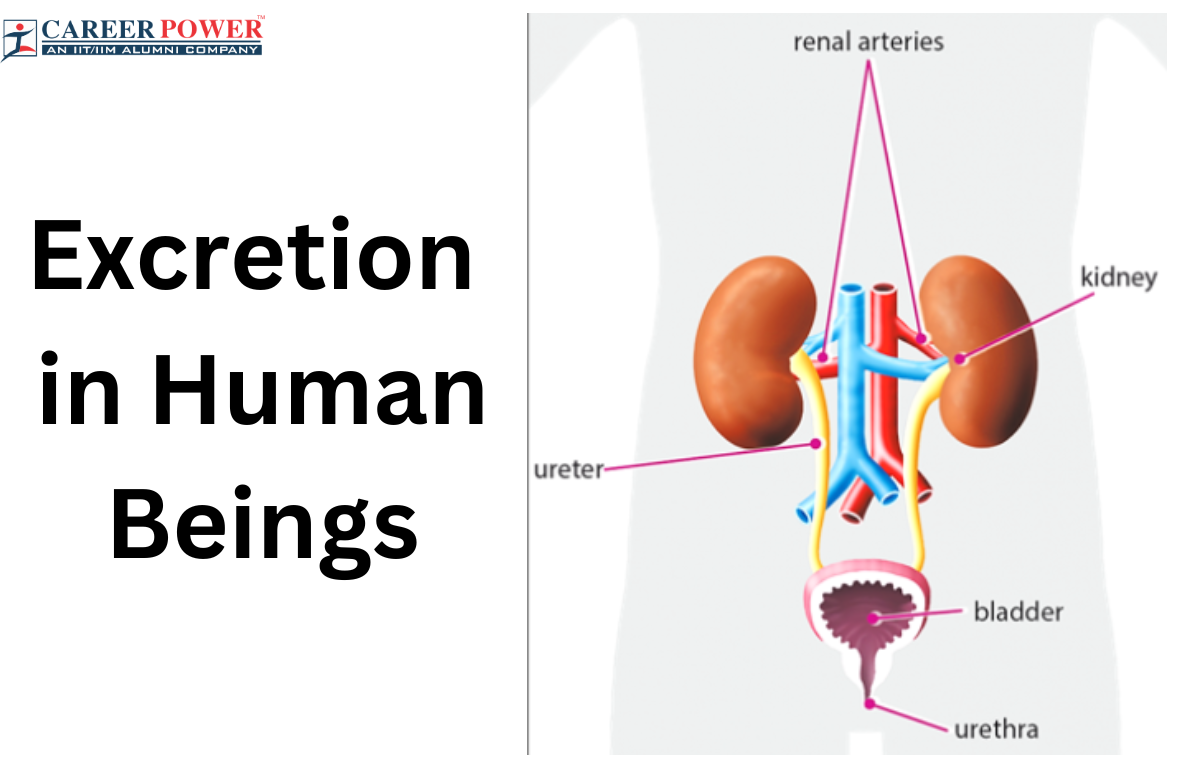

 50 Vegetables Name for Kids in English a...
50 Vegetables Name for Kids in English a...
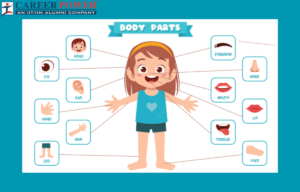 Body Parts Name, All 50 Body Parts Name ...
Body Parts Name, All 50 Body Parts Name ...
 Flowers Names in English and Hindi, List...
Flowers Names in English and Hindi, List...









